The ever-changing patterns of consumer behaviour, the Covid hangover, shifts in logistical strategy, the lack of available warehouse space, rental hikes, environmental agenda and current affairs are just some of the issues our industry has faced in recent years and like many businesses in the sector, we have experienced many twists and turns.
For over 35 years’, we have been designing industrial warehouse buildings that are flexible enough to evolve with a business and versatile enough to respond to differing trends but never have we witnessed so much change in such a short space of time. Never has the flexibility and versatility of our structures been more relevant.
Our narrative has always been that fabric-covered warehouse buildings need not be a temporary solution, unless you want them to be, such is the quality of materials we use and the high standard of workmanship we expect. We design and manufacture our structures to last and certainly some are as old as the business itself. However, in this climate of uncertainty, we are finding that clients are predominantly looking for temporary solutions. Businesses are unable to look too far ahead and are therefore adopting shorter-term strategies with the anticipation of having to adapt quickly.

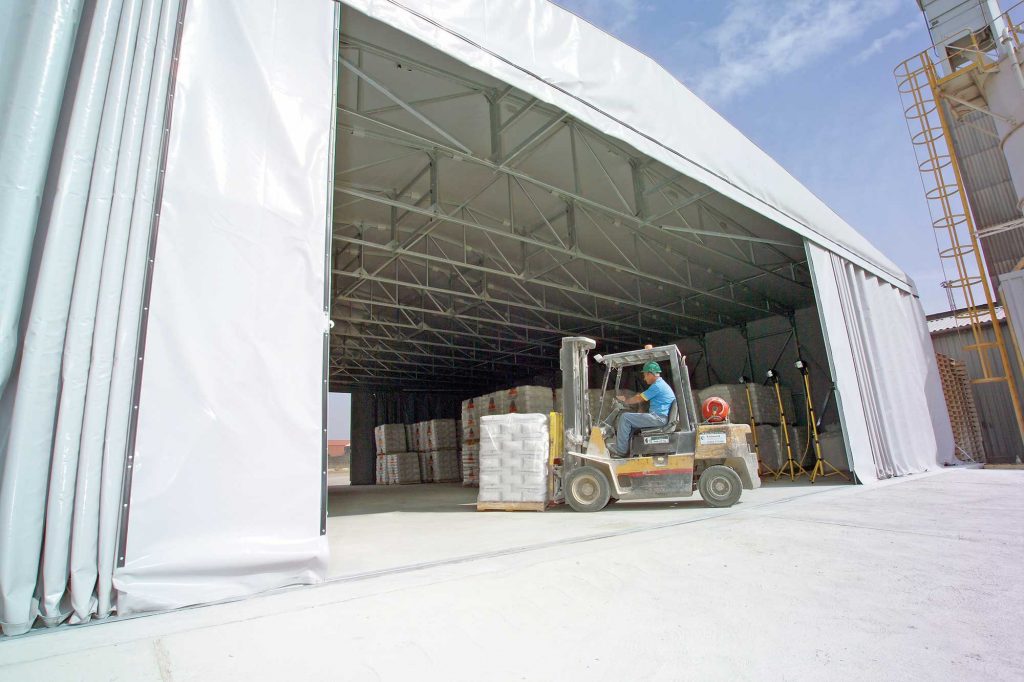
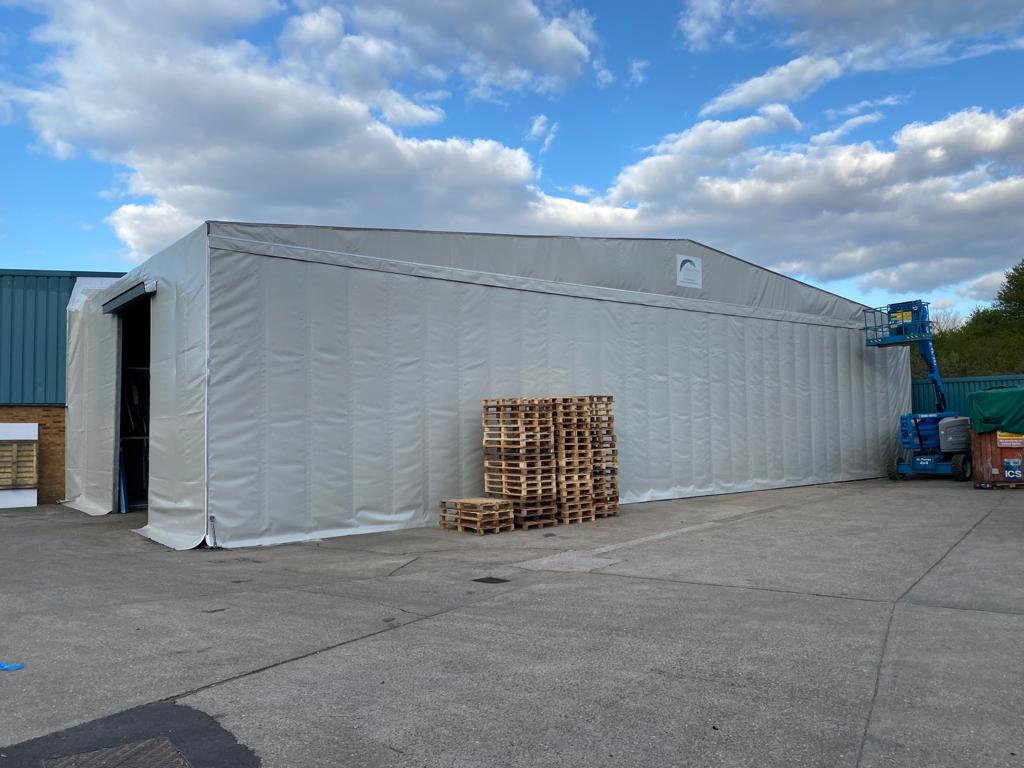
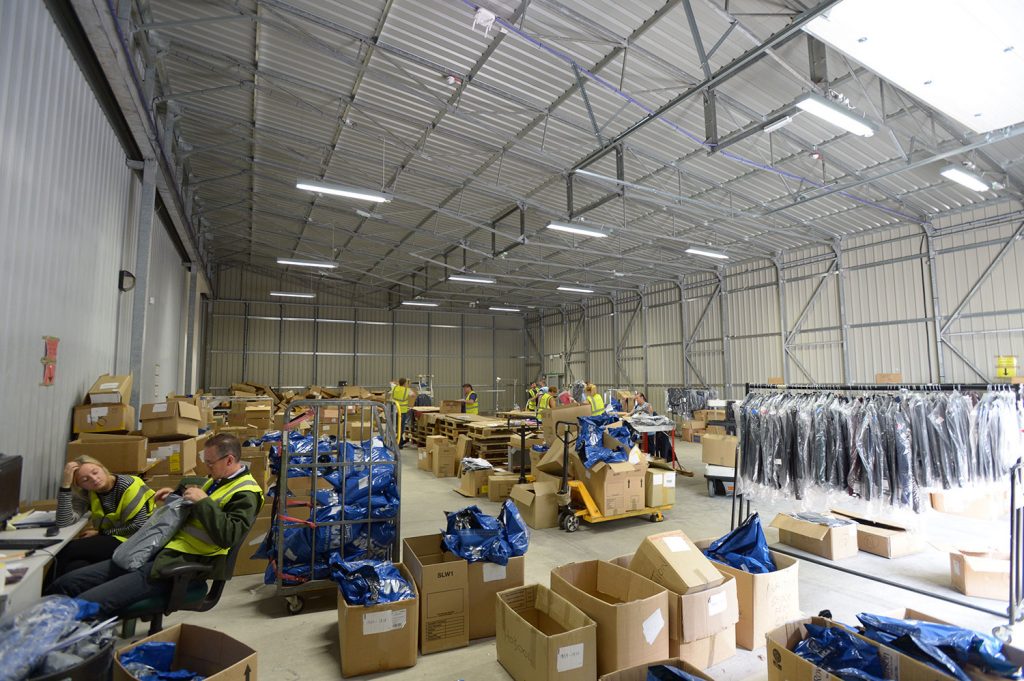
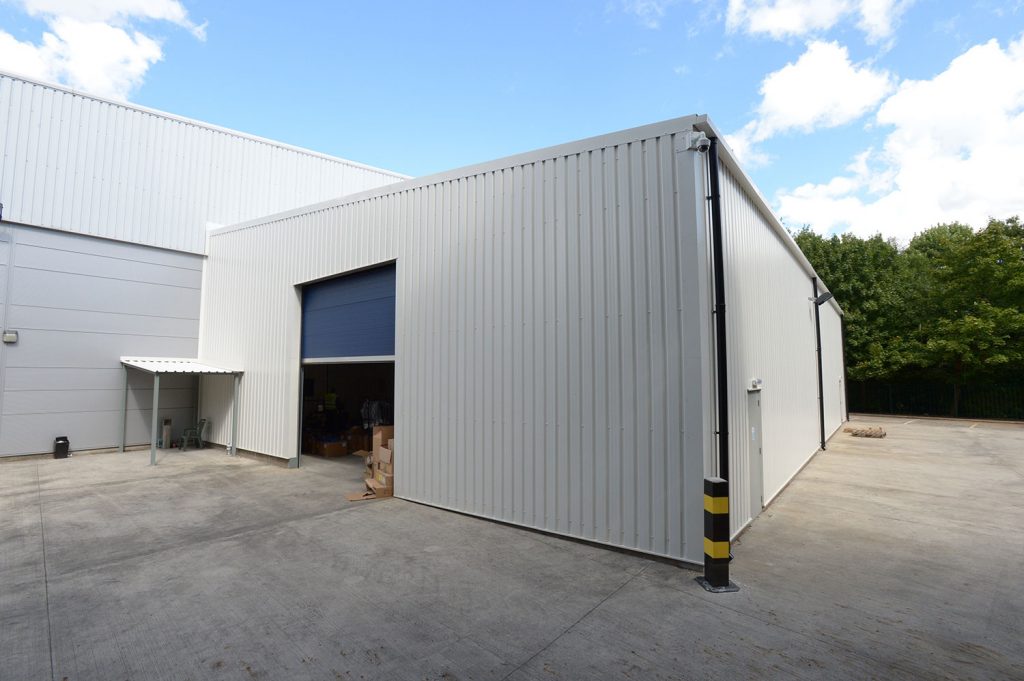
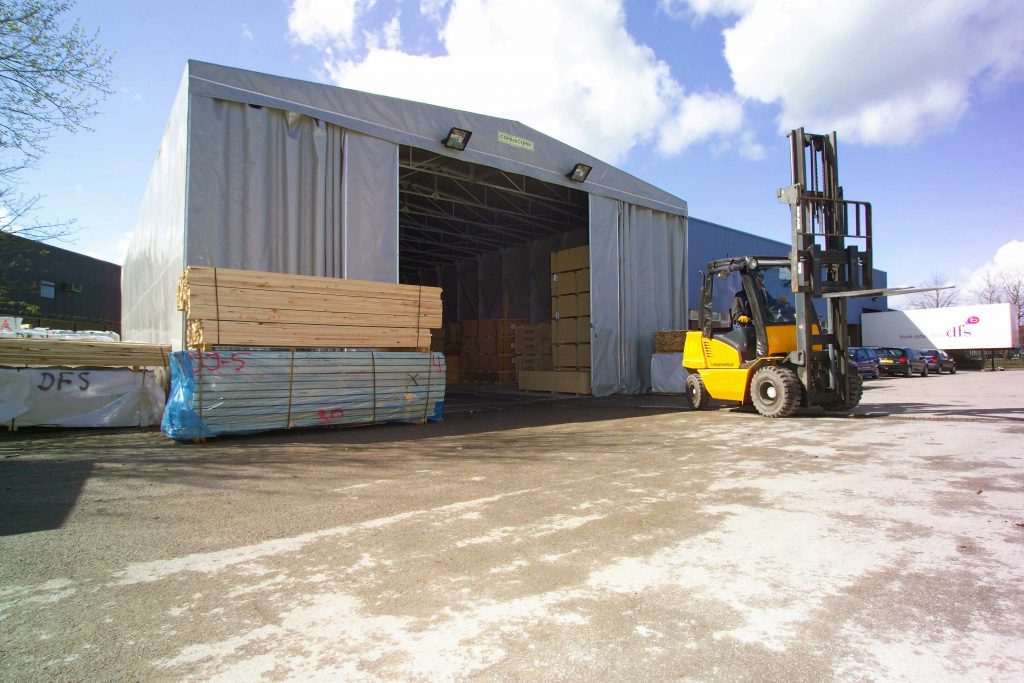
Currently we are working with a major automotive company who had a structure installed in 2012 and this year are having it dismantled, modified and relocated to another area of their industrial site as part of a move to consolidate their ways of working.
Another structure, originally bought by Travis Perkins in 2006 and subsequently taken over by Wickes is having six side doors removed as its usage changes from housing large double-decker trailers and operating as a loading bay to providing space for stockpiling and storing goods.
Since one of the key trends for this year is “elastic warehousing”, it looks as though the flexibility and versatility of space is going to continue to be the dominant conversation with customers. Our warehouse buildings can help businesses effectively manage seasonal fluctuations and minimise the cost of unused space during quieter periods.
Our structures are also relevant to other trends for this year including the concept of collaborative warehousing, helping businesses increase efficiency by pooling resources and reducing expenses without having to commit to a hefty rental agreement. They also make ideal, innovative micro-fulfillment centres and effective last-mile delivery solutions. If this ceases to be relevant to e-commerce, they can simply be removed and repurposed to address the next trend. In this uncertain, changeable industry, who knows what those trends might be but our structures will easily adapt to whatever is coming.
